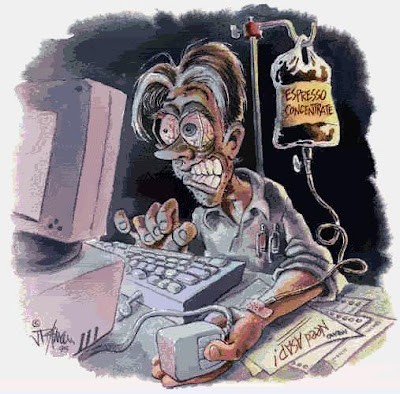SERVICE TO THE CLIENT
A good service to the client can get to be a promotional element for as powerful sales as the discounts, the publicity or the personal sale.
To attract a new client is approximately six times more expensive than to maintain one. Reason why the companies have chosen to put in writing the performance of the company.
They have been observed that the clients are sensible to the service which they receive from its providers, since she means that the client will obtain to the end smaller costs of inventory.
Contingencies of the service: the salesman must be prepared to avoid that natural strikes and disasters harm the client.
All the people who make contact with enemy with the client project attitudes which they affect to this one the representative of sales when calling to him by telephone, the recepcionista in the door, the technical service when calling to install a new equipment or service in the dependencies, and the personnel of the sales who finally, obtains the order. Conscious or unconscious, the buyer always is evaluating the form as the company makes businesses, how it treats the other clients and how it would hope that they treated him to him.
The attitudes are reflected in actions: the behavior of the different people with which the client makes contact with enemy produces an impact on the level of satisfaction of the client including:
The general courtesy with which the personnel handles the questions, the problems, as it offers or ample information, provides service and the form as the company treats the other clients.
The knowledge of the personnel of sales, that is to say: knowledge of the product in relation to the competition, and the approach of sales; that is to say: they are concentrated in identifying and satisfying the necessities with the consumer, or simply they worry to push a product to them, although one does not adjust to the expectations, but that is going to produce a sale to them and, consequently, it is going to put something of money in its pockets.
A good service to the client can get to be a promotional element for as powerful sales as the discounts, the publicity or the personal sale.
To attract a new client is approximately six times more expensive than to maintain one. Reason why the companies have chosen to put in writing the performance of the company.
They have been observed that the clients are sensible to the service which they receive from its providers, since she means that the client will obtain to the end smaller costs of inventory.
Contingencies of the service: the salesman must be prepared to avoid that natural strikes and disasters harm the client.
All the people who make contact with enemy with the client project attitudes which they affect to this one the representative of sales when calling to him by telephone, the recepcionista in the door, the technical service when calling to install a new equipment or service in the dependencies, and the personnel of the sales who finally, obtains the order. Conscious or unconscious, the buyer always is evaluating the form as the company makes businesses, how it treats the other clients and how it would hope that they treated him to him.
The attitudes are reflected in actions: the behavior of the different people with which the client makes contact with enemy produces an impact on the level of satisfaction of the client including:
The general courtesy with which the personnel handles the questions, the problems, as it offers or ample information, provides service and the form as the company treats the other clients.
The knowledge of the personnel of sales, that is to say: knowledge of the product in relation to the competition, and the approach of sales; that is to say: they are concentrated in identifying and satisfying the necessities with the consumer, or simply they worry to push a product to them, although one does not adjust to the expectations, but that is going to produce a sale to them and, consequently, it is going to put something of money in its pockets.










